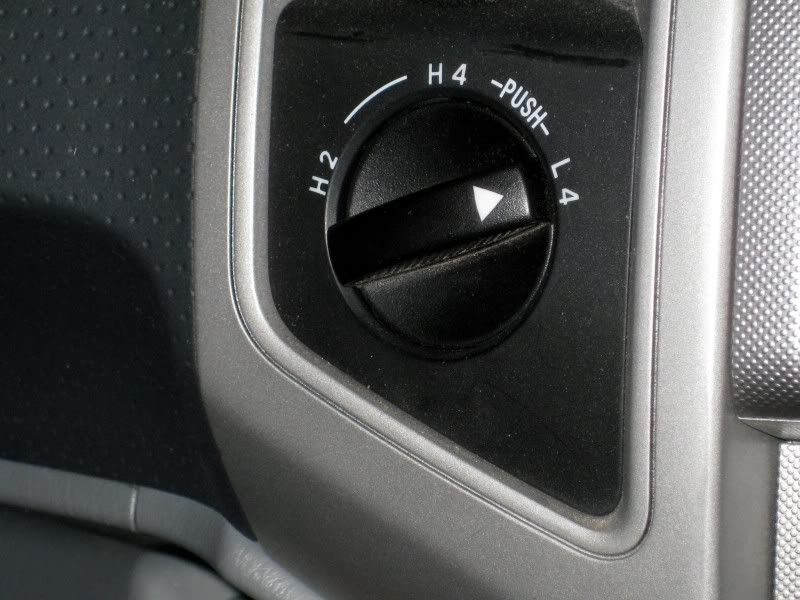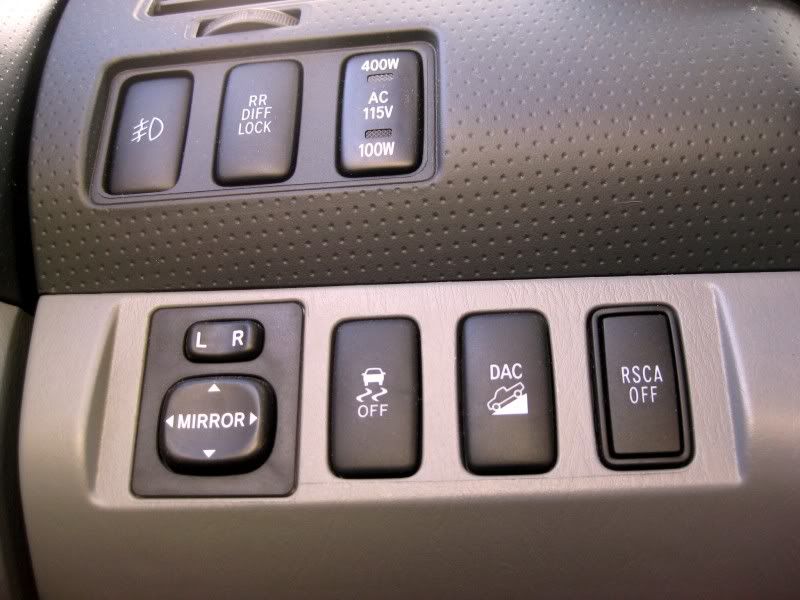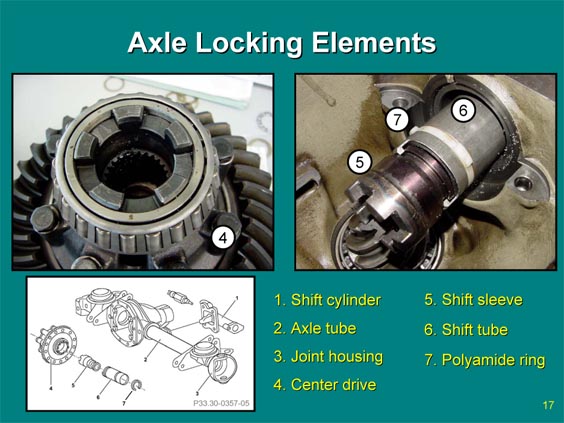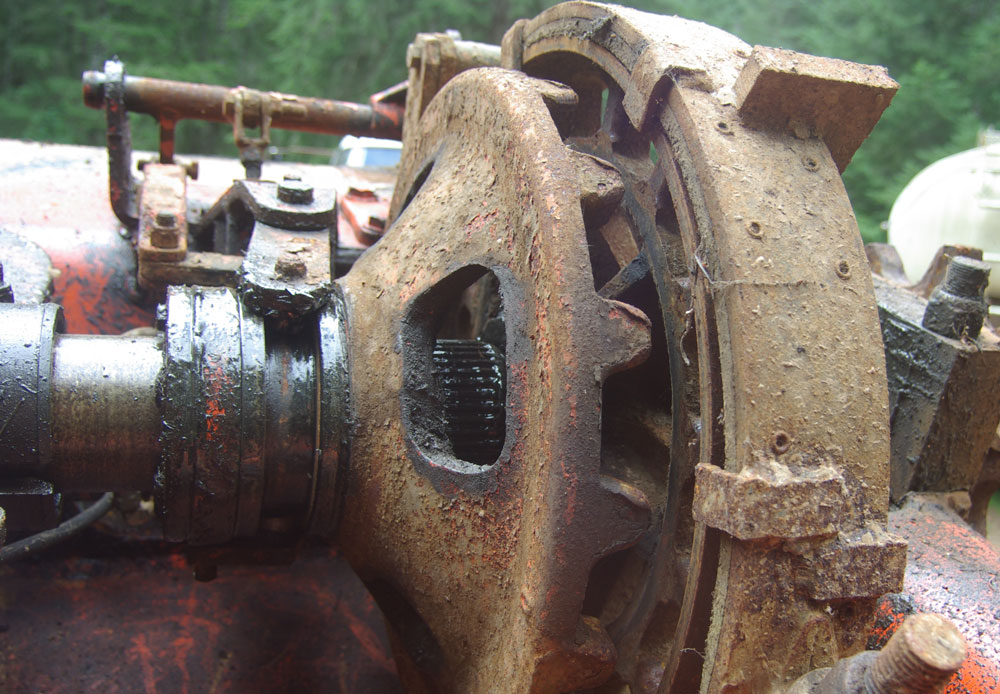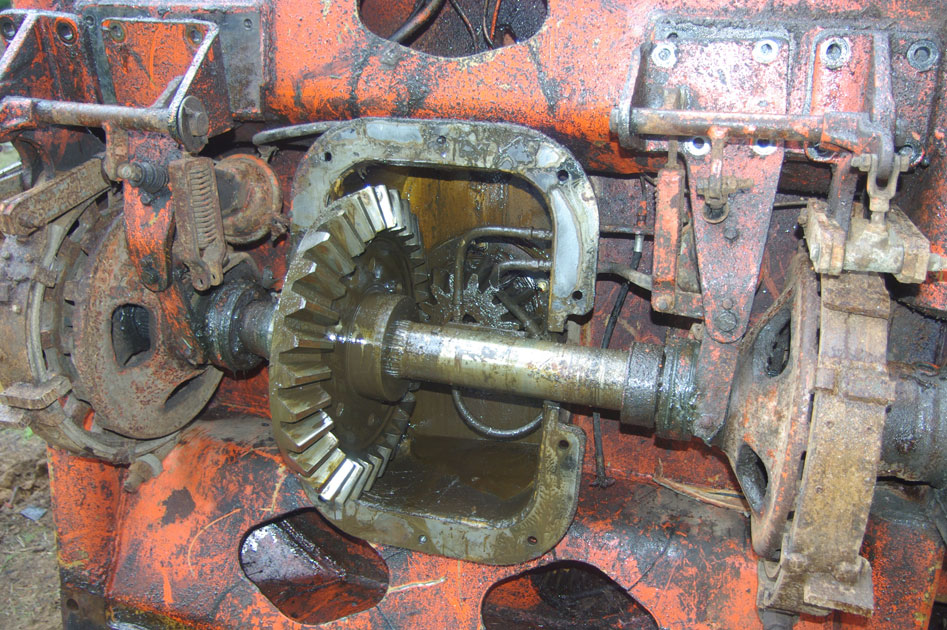Originally posted by 4x4abc
| Quote: | Originally posted by Fernweh
Quote from the Battle at Waterloo:
"I wish it would be already night and the Prussians are coming"
4X4abc where are you? We need you to clarify this 4x4 or not to be...... |
Karl,
I can't really help in this case. It's going all over the place.
Traction control, gas consumption, locked up rears, differential locks, traction, spinning tires, low range, questionable observations, nobody knows
what he is talking about - my head is spinning.
Need traction control for my head
a few drinks will do
Going for Margaritas now.
With those 2 stunning Mexican girls
just came back from the beach with them
sunshine, Champagne and prosciutto - divine!
don't care about lockers and/or traction control |







 What a
nice, civilized way to say something else.
What a
nice, civilized way to say something else. 



 (thanks for that TW... it is what I have been saying...
and I didn't need to go back to engineering school
(thanks for that TW... it is what I have been saying...
and I didn't need to go back to engineering school  )
)
 I was hoping you would bite the hook
I was hoping you would bite the hook





 :
: PS..the
company is ARB
PS..the
company is ARB




